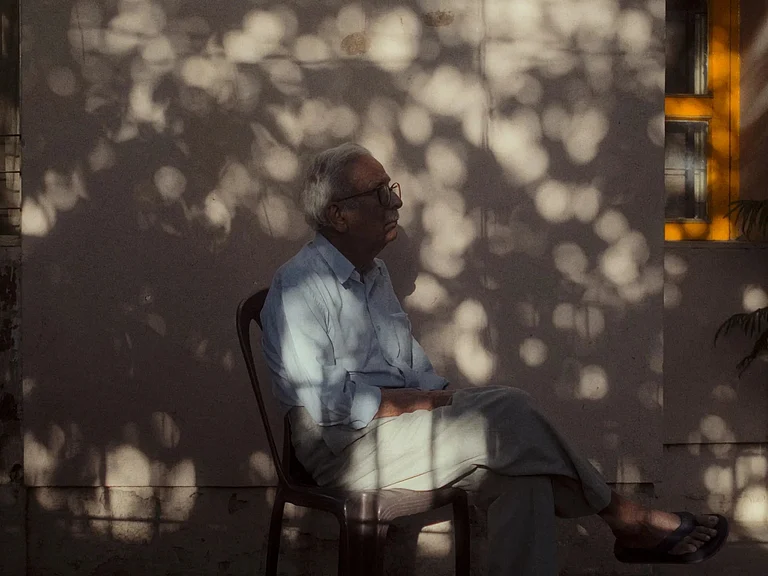What is horror for you? Is it just the fear of ghosts and spirits on the other end or the fear of coming face to face with human anxieties or the ghosts within? Horror, as a theme, delves beyond the terror and fear of the supernatural elements to become a social critique. It works as an allegory with layers of deeper hidden narrative with political, moral and spiritual allegories.
Over the years, horror movies have changed. They are no more what they used to be -- mere jump scares with cheap thrills. A look at the recent trends of horror fiction -- it is all about how monsters are an embodiment of social anxiety.
Through the horror allegory, viewers come face to face with confronting controversial topics, without naming them explicitly.
A recent example of it would be The Platform (2019). The Netflix film, directed by Galder Gaztelu-Urrutia, is an allegory of class warfare and the fragility of the social hierarchy. The film starts with the protagonist Goreng (Ivan Massagué) waking up on Level 48 in a concrete-tower-like prison, where he surrenders himself for six months.
The ‘platform’, carrying food, stops at each level for a fixed period of time. And by the time it reaches the lowest level, the leftovers are almost non-existent for those residing there.
The film is an allegory of industrial capitalism. In the vertical prison, which houses 666 prisoners on 333 levels, the people residing on top get the food first and the ones, residing at the lowest levels receive the leftovers -- a reflection of the rich becoming richer and the poor, poorer. With bloodshed and disturbing horror cinematography, the movie, which was released during the coronavirus lockdown explores the darker side of capitalism, the effects of which were glaring during that time with the exodus of the labour workforce becoming one of the most prominent incidents of displacement of daily wage labourers.
Another example would be Paul Tremblay’s A Head Full Of Ghosts. The horror theme explores a plot that delves beyond possession of the mind. The story is focused on Marjorie’s mental health and her need to rebel which impacts her family dynamics.
Coming to recent Bollywood movies -- Stree (2019) and Bulbbul (2020) -- reverberate similar themes. Anvita Dutt Guptan’s OTT release was a superhit where the characters and plot have interrelated as such, that the portrayal of the ‘chudail’ (witch), defies the traditional Indian folklore. Dubbed as a fiercely, feminist, horror fiction, Bulbbul, provocatively challenges the societal norms of patriarchal beliefs through a fright fable and horror VFX.
Stree, starring Shradhha Kapoor, is a movie of role reversal in an Indian societal setup. Amar Kaushik’s debut, which draws similar feminist points in fun and fluffy way, is a contradiction of sort -- where men are subjected to the similar physical and mental traumas women are subjected to in an everyday life.
The two movies -- that explore the idea of witch-hunting and ‘chudails’ -- portray the same as empowered women at the end.
Many similar movies in recent times explore horror as an allegory and social critique -- Midsommar (2019), The Lighthouse (2019), His House (2020) and so on.
Symbolism in horror fiction is the ultimate power -- telling a tale through disturbing visuals, which bring out the relatable factors around anxiety, societal norms, the fragility of humanity and more. The best horror allegories do not necessarily hammer the same points over and over again, yet leave it to the readers to interpret the endings.


























